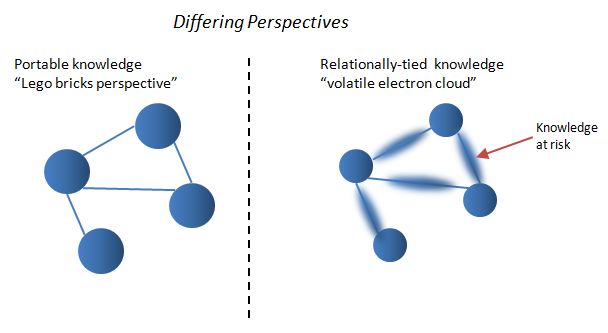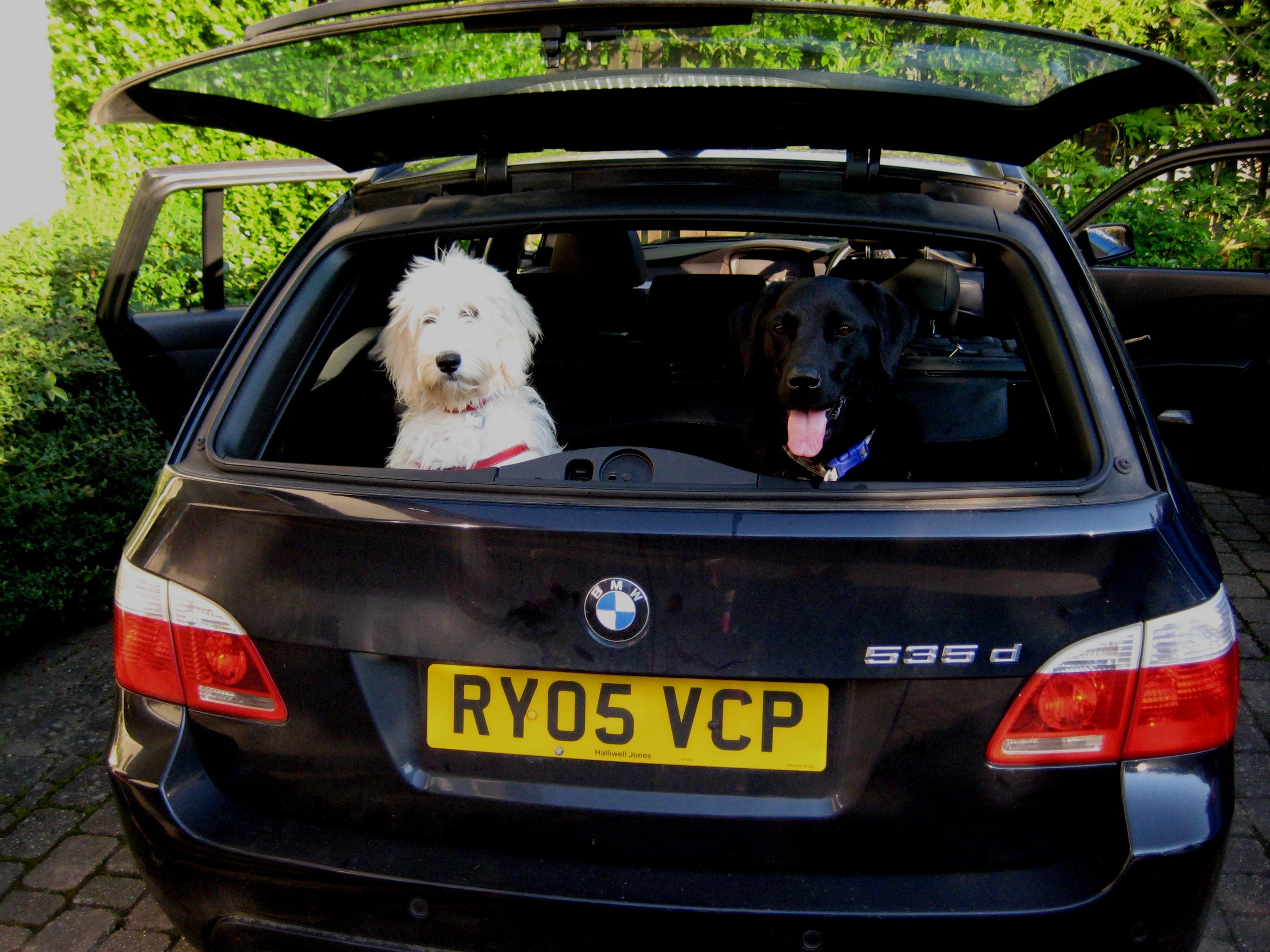I’m a big fan of organizational network analysis. I think it’s one of knowledge management’s unsung heroes.I don’t know of any other KM or OD tools which can be as informative, revealing and engaging for clients, from a small amount of research input.
I’m in the middle of an assignment now with a business who are looking at how one of their business functions really works when it comes to understanding how expertise is distributed, how technical advice is requested and how it flows, and how new ideas surface and are nurtured. This particular client is an agri-chemicals business, and has led to some interesting discussions as we have worked together to understand clusters of connections and outliers. One of the more humourous moments for me was when one of the members of the team loudly exclaimed “look at that isolated cluster over there – they must be the vegetables!” Needless to say, he was referring to people in the vegetable-related business stream…
Coincidentally, later that day my daughter, who is a big fan of food science, showed me a fascinating Ahn Yong-Yeol article from nature.com which used network analysis to illustrate the connections between different ingredients used across thousands of recipes, based on their chemical similarities. "This looks like those pictures you create, Dad" she said to me.
Isn’t this cool? (Click to enlarge)

A more interactive infographic based on this data is provided in Scientific American here (snapshot below). The data is sorted to show the foods who share the most chemical compounds with others towards the top. Roast beef proves to be the food that does this the most, with strong chemical overlaps with coffee, soya-bean, peanut, beer, wheat bread and butter. In a way, it's the grand-daddy of flavour. So next time you go into a pub, have some peanuts with your beer, some bread to start, with a tasty steak followed by a coffee – then chemically speaking, you’ve had a whole less flavour variety than you might think!

The social-food-analysis research gets more interesting when they look at the data through a regional lens. It turns out that the North American palate prefers foods with strong flavour overlaps (steak with a coffee rub anyone?), whereas the East Asian palate prefers food with lower overlaps (mmmm, prawns with lemon…)

So where am I going with this?
Well, I see parallels with assumptions we make when we bring people together to share knowledge. Whether formally through structured networks and communities, or informally as people cluster around content, discussion and other attractors – my suspicion is that by default, we tend to align and gather with people with similar experience rather than different experience. In the metaphorical world of food chemistry, that means our knowledge-sharing is built on the assumption of a North American palate, rather than an East Asian one.
This is why a well-planned peer assist will include sufficient diversity to avoid group-think, and why the design of communities of practice should thoroughly explore their purpose before they start recruiting members. A community focused on continuous improvement and giving and receiving technical help will benefit from being built from members with the same field of expertise - their shared practice.
I often use this simple model when helping organizations characterise their networks:

Communities often move along the axis at the bottom, shifting their mode from ad-hoc help and continuous improvement, to phases when the group is engaged in delivering something together (a policy, a white-paper, a set of recommendations, a good practice guide). This requires a temporary shift in leadership style, from social facilitation towards project management, but the membership is broadly unchanged.
If the purpose of the community is re-defined as innovation or the generation of ideas, then you will probably want to extend the ingredients of the group to include people with a greater range of experience and different perspectives.
So if we see ourselves as trusted organisational chefs (I quite like that analogy), then there are times when we need to satisfy the established tastes of our customers, and there will times when we need to educate their palates with new fusion dishes too.

















 Our BMW is nearly 8 years old now. It’s been brilliant, and it’s had to put up with a lot from a growing family, and now a dog with an affinity for mud and water.
Our BMW is nearly 8 years old now. It’s been brilliant, and it’s had to put up with a lot from a growing family, and now a dog with an affinity for mud and water.